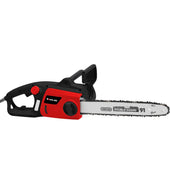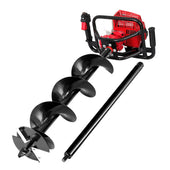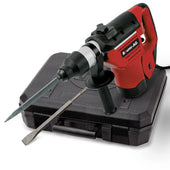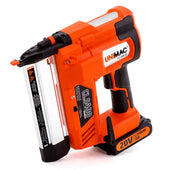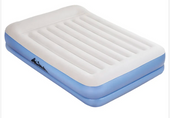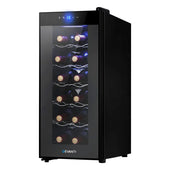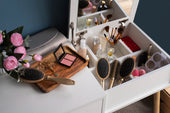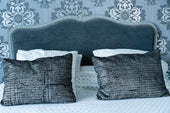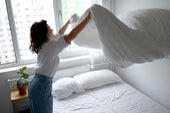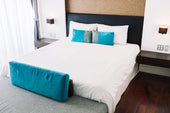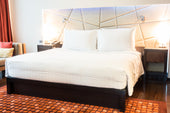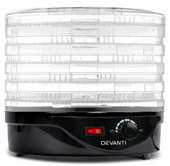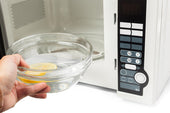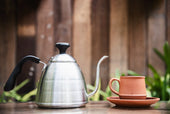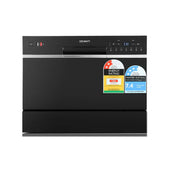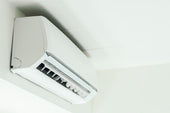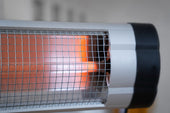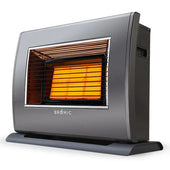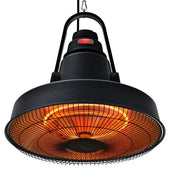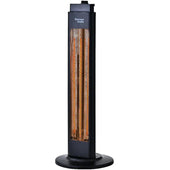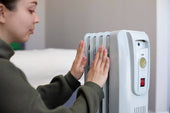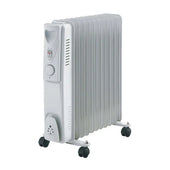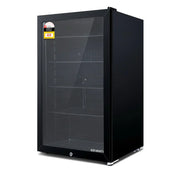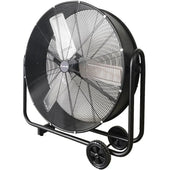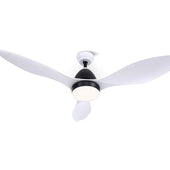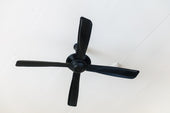Understanding the Ideal Height for a Bedside Table
The height of a bedside table plays a critical role in comfort and functionality. Ideally, the table’s top should align closely with the height of the mattress for ease of use, allowing items to be reached comfortably while lying in bed. Many designers recommend keeping the bedside table between 5 to 10 centimetres higher or lower than the mattress for optimal convenience.
Factors such as the thickness of a mattress topper and the type of bed frame can affect the measurement. Additionally, the choice of bedside table height should consider ergonomics to prevent strain when reaching for objects like lamps, books, or water glasses. Popular styles like wooden bedside tables often come in various heights to suit different needs.
Importance of Bedside Table Height in Interior Design
The height of a bedside table is a critical element in achieving both functional and aesthetic balance within a bedroom. Firstly, a properly proportioned bedside table enhances comfort, allowing easy access to essential items such as lamps, books, or phones without unnecessary strain. Secondly, it contributes to visual harmony by aligning with design elements like the bed’s mattress height and surrounding decor. For instance, pieces like white bedside tables blend well with a range of interiors when height is considered thoughtfully.
If the table is too high or low, it can disrupt the coherence of the space. Selecting the right height can also create a seamless experience, encouraging a cohesive flow between practicality and design.
Standard Measurements: What Experts Recommend
Experts suggest that the height of a bedside table should typically align with the height of the mattress’s top edge. This ensures convenient access to items like lamps, books, or drink glasses. Most mattresses are 24 to 30 inches high, making bedside tables in the same range ideal. For rooms with darker aesthetics, black bedside tables can offer both elegance and proper height alignment.
For a sleek look and user-friendly design, tables slightly lower or level with the mattress are preferred over higher ones. At During Days, If the table is too tall, it may disrupt the room’s aesthetics and cause discomfort. Adjustable-height designs are recommended to accommodate varied mattress sizes or personal preferences seamlessly.
Factors to Consider When Determining Bedside Table Height
When selecting the height of a bedside table, various factors should be evaluated to ensure functionality and aesthetics.
- Bed Height: The table height should align closely with the mattress. Ideally, a bedside table is either level with or slightly lower than the bed to allow easy access.
- Accessibility: Consider ease of reaching items such as lamps, glasses, or books. An overly tall or short table may cause discomfort.
- Room Design: The table’s height should complement the room’s visual balance. Harmony is key in achieving an appealing arrangement. For example, oak bedside tables can provide a balanced, earthy tone.
- Storage Needs: Tables with drawers or shelves may require additional height, combining practicality with style.
Adjust based on individual preferences and specific room configurations.
How Bed Height Influences the Choice of Table Height
The height of the bed plays a pivotal role in determining the ideal height for a bedside table. A bedside table that aligns well with the bed provides seamless access and convenience. Beds vary significantly in height, influenced by factors such as mattress thickness, bed frames, and design styles. Residents in city-specific markets, such as those seeking bedside tables Perth, might find options suited to common bed frame styles in their region.
When a bed is lower to the ground, a shorter bedside table complements the setup, ensuring items are easily reachable while seated or reclining. Conversely, tall beds require higher tables to maintain proportionality and usability.
To achieve a harmonious aesthetic and functional practicality, the bedside table height should generally align with the top level of the mattress or be slightly lower.
Ergonomic Considerations for Comfortable Use
Choosing an appropriate height for a bedside table involves evaluating ergonomic factors that promote ease of use and physical comfort. The table should allow access to essential items without forcing the user to strain or adopt unnatural postures. Ideally, its height should align closely with the top of the mattress or slightly below it. This prevents excessive bending of the wrist or arm when reaching for items such as glasses, books, or phones. Designs like mirrored bedside tables can combine both style and ergonomics when height is considered carefully.
Key aspects to assess include:
- Arm Reach and Posture: The distance should be convenient, avoiding overextension or twisting.
- Surface Area Accessibility: Placing commonly used items within easy reach ensures seamless usage.
- Bed Height Variations: Adjustments may be necessary for taller or lower beds for optimal alignment.
Comfortable use hinges on supporting a neutral and relaxed body position.
Balancing Functionality and Aesthetics
A bedside table serves both practical and visual purposes, making it essential to strike a balance between functionality and aesthetics. The correct height ensures that items like lamps, phones, or books are within easy reach while lying in bed. Selecting a table that complements the bed’s height enhances convenience and reduces strain when accessing it. Stylish options like bedside tables Melbourne are tailored for both function and design-minded interiors.
From an aesthetic perspective, the table should harmonise with the room’s décor, incorporating finishes, colours, and styles that match the overall design scheme.
Key considerations include:
- Choosing proportions suitable for the room layout.
- Ensuring no clash between the table’s style and the bed’s design.
- Opting for minimalist or intricate details based on personal taste.
Common Mistakes When Choosing Bedside Tables
Selecting bedside tables often involves several errors that can compromise both functionality and aesthetics. These include:
- Ignoring the Height of the Bed: Many overlook aligning the table’s height with the mattress top, which can lead to discomfort when reaching for items. The ideal bedside table height is usually level with or slightly below the mattress. For example, grey bedside tables come in varied heights to match modern bedding trends.
- Prioritising Style Over Functionality: While design matters, tables with inadequate storage or limited surface space may fail practical needs like holding books, lamps, or essentials.
- Choosing Oversized or Undersized Tables: Mismatched proportions can clash with the room’s layout, leading to visual imbalance and inefficient use of space.
- Overlooking Material Durability: Lightweight or fragile materials may degrade quickly, especially under regular usage.
- Buying Without Measuring: Skipping measurements risks ill-fitting furniture that disrupts both functionality and the room’s harmony. Rounded designs, like round bedside tables, can be especially sensitive to placement and proportions.
Customising Bedside Table Height for Different Bed Types
The height of a bedside table should complement the type of bed to ensure easy reach and aesthetic balance.
- Standard Beds: For typical bed frames, the ideal bedside table height aligns with the top of the mattress or is 2.5–5 cm higher to provide convenient access.
- Platform Beds: These sit lower to the ground, making shorter bedside tables between 40–50 cm more suitable.
- Adjustable Beds: Since these can change heights, opting for a table with an adjustable or slightly taller design provides versatility.
- Loft or Bunk Beds: Wall-mounted or floating bedside tables work better when traditional tables cannot reach the elevated sleeping surface. Styles like rattan bedside tables can offer lightweight yet practical solutions for such setups.
Considering bed style ensures both practicality and harmony in bedroom design.
Tips for Choosing and Adjusting Bedside Tables to Fit Your Room
- Consider Proportions: Select a table proportional to the bed and surrounding furniture. A bulky design may overpower the space, while a small one can look out of place.
- Assess Functionality: Evaluate your needs, such as storage drawers or shelves, for a functional fit that complements your lifestyle.
- Account for Style: Coordinate the bedside table’s colour and material with the room’s theme, ensuring seamless aesthetics.
- Check Height: Align the table height with the mattress for comfortable access, optimally within a few inches of the sleep surface.
- Use Adjustable Features: Opt for tables with adjustable legs or surfaces for easy customisation, especially in uneven spaces.
- Prioritise Lighting Needs: Ensure the tabletop accommodates bedside lamps while leaving room for personal essentials.























































